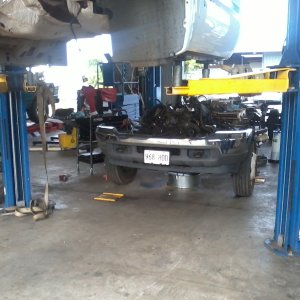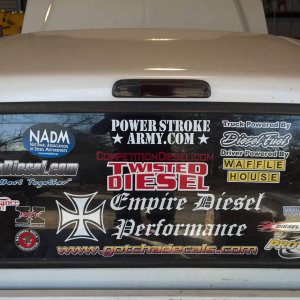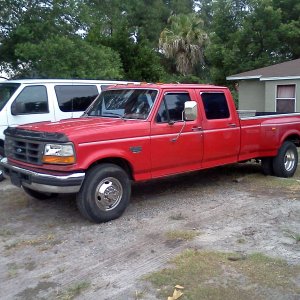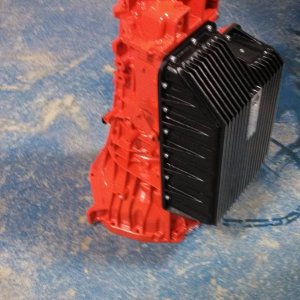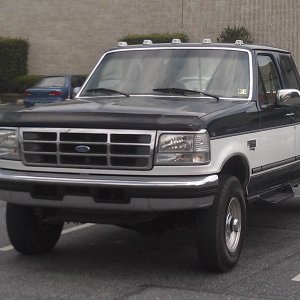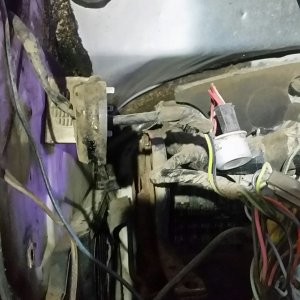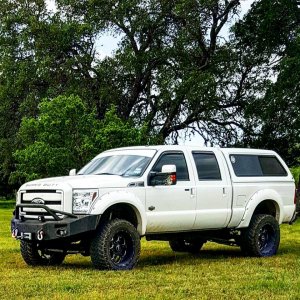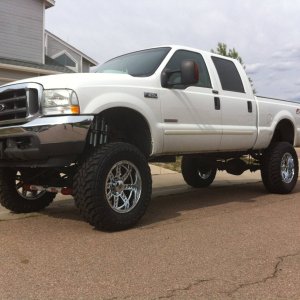footlong70
New member
I will have to disagree with that statement and not a agree to disagree. It has to do with how much air the engine is digesting. Put the stock intake on. If your theory is correct and mine is wrong the truck should run totally different, as in worse at low throttle angles. In my opinion you are just getting the MAF scaled to the air flow at low throttle angles, nothing with the volume of the intake. You would have a bunch of extra fuel down low because you have told the PCM that now when the MAF is reading this frequency expect this much air. Another way is to put a tune in your truck that has more fueling down low and put the MAF tables back to stock. The truck will have more power down low because of the low throttle angle fueling. I didn’t notice one bit of difference in power in my truck from the a drop in AFE to a No Limit Intake with the stock chargers.
MAF has more than just measuring air, temp also.
If say at 5% throttle the tables are used to supply X amount of fuel.
Now at 5% you are getting more air into the engine and the same X amount of fuel is supplied the vehicle will run different, be it gas or diesel.
Now with bigger turbos you tell the MAF that at this 5% of throttle angle you need Y amount of fuel the truck will run different than with X amount of fuel. Which is what the MAF tables do, add or subtract fuel based on air.
The only way to get more air into the engine is build a motor or bigger chargers. An intake is not going to change the intake air requirement of the engine. It might not supply the required amount but the intake is not what determines air flow.
The only way the MAF would need to be scaled for the same amount of airflow would be if (2) intakes Y together and are of equal size and the MAF is only on one of the legs of the Y. If not the engine is taking in the same amount of air then the MAF would not have to be scaled. Look at the size of the inlet of the Turbo, that is staying the same. What you are saying above is partially correct but has to do off grams per second and the frequency the MAF sends to the PCM for fuel. The only way that can change is with a bigger turbo sucking more air at a given throttle angle. The above yes a 4” will have more velocity than a 5” but the air requirement of the engine is still the same.
I am taking that you need to scale the MAF for an intake, I thought that was the point of the dicussion.
Many reasons could have been used for the 2.75-4”. One is the injectors were way to big and the injector constant was not adjusted. With the vehicle idling it was thinking it was seeing a load and dumping fuel. The other was that the MAF tables were so far out for the given load that it was either pulling a bunch of fuel or dumping it. MAF is usedis for fueling (Along with MAP, injector size, etc.) before the vehicle sees a load bigger than whats programmed to switch into the fueling for power. Closed Loop to Power Enrichment or Open Loop for a gas engine for example.
Sorry mang but the more I read your replies the more I'm disagreeing. You've got this so much more complicated than it is. For starters yes, if I put the stock intake on with the modified map the truck would run rich. Simple.
Secondly volume of the intake has nothing to do with the maf after the sensor. I know that. Turbos do not have anything to do with the maf. The maf on the 6.4 is utilizing air velocity for a for an electrical signal for the pcm. That's it. It doesn't do any thinking or calculating. The whole point of this thread is making sure the maf sees the CORRECT amount of air coming in so the pcm can use the CORRECT amount of fuel. We are changing the velocity the air passes the maf by making the area larger AT the maf due to different sized intakes AT the maf. Larger intake AT the maf will flow slower than a smaller I.d. With the same amount of air being forced through. Therefore the sensor is not seeing the correct volume per second passing the sensor Entering the motor. Hence the map adjustment. The maf is utilized much more than just down low. I don't know how else I can put it but I know I'm correct and I'm very confident in the practice.
Sent from my iPhone using Tapatalk
Last edited:

